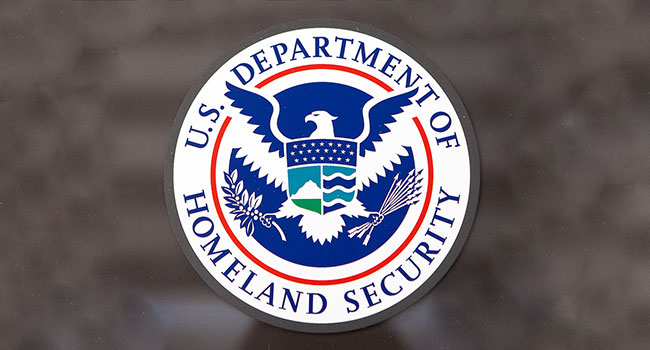
U.S. Revamps Homeland Security Alert System
- By Sydny Shepard
- Dec 17, 2015
The Department of Homeland Security issued a new type of terror alert in December, warning Americans that self-radicalized suspects inspired by foreign extremists could strike without notice.
After the September 11, 2001 terror attacks, the George W. Bush administration created a color-coded threat level system, ranging from green (the safest) to blue to yellow to orange and the red, which signifies high alert and danger. Some criticized the chart as confusing and when President Barack Obama came into office, they scrapped the format, replacing it with two categories of notification: one for a credible threat and another for an imminent threat.
Since creating the two-tiered system, homeland security officials have never issued either type of alert. DHS believes the two categories don’t give them much flexibility when trying to issue a warning to the public.
The department already issues bulletins to law enforcement agencies about specific cases or types of terrorist threats, but the new system is designed to provide more of that information to the general public.
The first bulletin from the DHS’s new National Terrorism Advisory System informed the public that “recent attacks and attempted attacks internationally and in the homeland warrant increased security, as well as increased public vigilance and awareness.”
The one-page warning said there are no known specific and credible plots to attack in the U.S., but described officials’ overall concern that individuals might act out on their own. As a result, there will be greater security activity at public places and events.
The bulletin will expire in six months, officials said. This inaugural notice reflects a change in the way that the government will inform the public about potential threats from now on, a switch that officials hope provides information that is more useful and timely.
About the Author
Sydny Shepard is the Executive Editor of Campus Security & Life Safety.